Basic Green 1
Synonym(s):Brilliant Green;Basic Green 1;Astradiamant green GX;Diamond Green;Diamond green G, Solid green, Ethyl green
- CAS NO.:633-03-4
- Empirical Formula: C27H34N2O4S
- Molecular Weight: 482.63
- MDL number: MFCD00011880
- EINECS: 211-190-1
- SAFETY DATA SHEET (SDS)
- Update Date: 2025-12-17 09:49:40
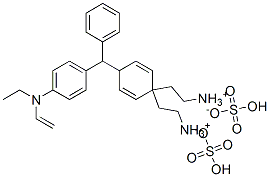
What is Basic Green 1?
Description
C.I. Basic Green 1 is a metallic green, odorlesscrystal or powder. Molecular weight =482.69; Meltingpoint =210℃. Soluble in water.
Chemical properties
metallic green crystals
Chemical properties
C.I. Basic Green 1 is a metallic green, odorless crystal or powder
The Uses of Basic Green 1
Dyeing silk, wool, leather, jute and cotton yellowish-green; manufacture of green ink; biological stain; indicator.
The Uses of Basic Green 1
Brilliant Green a stain used in bacteriological media.
What are the applications of Application
Brilliant Green is a stain used in bacteriological media
Definition
ChEBI: An organic hydrogensulfate salt having 4-{[4-(diethylamino)phenyl](phenyl)methylidene}-N,N-diethylcyclohexa-2,5-dien-1-iminium as the counterion.
Preparation
in the presence of sulfuric acid hydrochloric acid or, Benzaldehyde?and N,N-diethylbenzenamine condensation, and then will product oxidation, and translated into sulfate. The first generation of resin mixture will suddenly for curing crystalline good crystals.
General Description
Brilliant green is a triphenylmethane dye, found to be toxic to humans and animals. It is widely used in dying wool, leather, silk, jute, and cotton. It is also used in the manufacturing of green ink, as a staining constituent of bacteriological media.
Flammability and Explosibility
Non flammable
Biochem/physiol Actions
Brilliant Green is a dye and an antiseptic agent.
Safety Profile
Poison by ingestion, intraperitoneal, and intravenous routes. A rmld human skin irritant. Mutation data reported. See also ALDEHYDES and SULFATES. When heated to decomposition it emits very toxic fumes of NOx, NH3, and SOx.
Potential Exposure
C.I. Basic Green 1 is used in dyeing silk, wool, leather, jute, and cotton yellowish-green; manufacturing green ink; as staining constituent of bacteriological media; indicator, an intestinal anthelmintic; a C.I. Basic Green 1 861 wound antiseptic; treatment of mycotic infections; agricultural fungicide (Not registered as a pesticide in the United States).
First aid
If this chemical gets into the eyes, remove anycontact lenses at once and irrigate immediately for atleast 15 min, occasionally lifting upper and lower lids.Seek medical attention immediately. If this chemical contacts the skin, remove contaminated clothing and washimmediately with soap and water. Seek medical attentionimmediately. If this chemical has been inhaled, removefrom exposure, begin rescue breathing (using universalprecautions, including resuscitation mask) if breathing hasstopped and CPR if heart action has stopped. Transferpromptly to a medical facility. When this chemical hasbeen swallowed, get medical attention. Give large quantities of water and induce vomiting. Do not make anunconscious person vomit.
Storage
Color Code—Blue: Health Hazard/Poison: Storein a secure poison location
Shipping
UN3143 Dyes, solid, toxic, n.o.s. or Dye intermediates, solid, toxic, n.o.s., Hazard Class: 6.1; Labels: 6.1-Poisonous materials, Technical Name Required. UN2811 Toxic solids, organic, n.o.s., Hazard Class: 6.1; Labels: 6.1-Poisonous materials, Technical Name Required.
Purification Methods
Purify the dye by precipitating the perchlorate from aqueous solution (0.3%) after filtering, heating to 75o and adjusting to pH 1-2. Recrystallise it from EtOH/water (1:4) [Kerr & Gregory Analyst (London) 94 1036 1969]. [Beilstein 13 IV 2281.]
Properties and Applications
bright green. Green flash golden sand shape. Slightly soluble in cold water, in 98 ℃ of hot water dissolves only 8 g/L, soluble in ethanol to blue. The strong sulfuric acid for yellow green, diluted into blue; For orange in nitric acid. The dye solution for blue purple, add sodium hydroxide have dark purple precipitation; Join the hydrochloric acid become green light yellow. Used for silk, wool, acrylic, tannin mordant dyeing cotton cloth dyeing. Also used in leather, hemp, paper, wood, bamboo or color, also used in the manufacture of paint, medicine used for disinfectant.
| Standard | Light Fastness | Persperation Fastness | Ironing Fastness | Soaping | |||
| Fading | Stain | Fading | Stain | Fading | Stain | ||
| ISO | 4 | 4 | 4-5 | 4 | 4-5 | ||
| AATCC | 2-3 | ||||||
Incompatibilities
Oxidizing agents, reducing agents; anionics, and aqueous solutions of bentonite. Keep away from moisture
Properties of Basic Green 1
| Melting point: | 210 °C (dec.)(lit.) |
| Boiling point: | 100.0 |
| Density | 1.1016 (rough estimate) |
| vapor density | 16.6 (vs air) |
| vapor pressure | 0Pa at 25℃ |
| refractive index | 1.6510 (estimate) |
| storage temp. | room temp |
| solubility | 100g/l |
| form | Powder/Solid |
| Colour Index | 42040 |
| color | Metallic green |
| Odor | Odorless |
| PH | 2.5 (10g/l, H2O, 25℃) |
| PH Range | Yellow (0.0) to green (2.6) |
| Water Solubility | 100 G/L (25 ºC) |
| λmax | 625nm, 428nm |
| Merck | 14,1374 |
| BRN | 3901207 |
| Stability: | Stable. Incompatible with strong oxidizing agents, reducing agents. |
| Biological Applications | Antimalarial agent; detecting carious tissue; treating anococcygeal pain syn- drome; wound dressing materials; catheter; mouthwash |
| Major Application | Black matrix, color filter, photoresists, sensors, inks, rodenticide, dyes, cosmetics, detecting dental carious tissue, Escherichia coli, antimalarial agent, dressing material, treatment of cancer, medical devices |
| CAS DataBase Reference | 633-03-4(CAS DataBase Reference) |
| EPA Substance Registry System | C.I. Basic Green 1 (633-03-4) |
Safety information for Basic Green 1
| Signal word | Warning |
| Pictogram(s) |
 Exclamation Mark Irritant GHS07 |
| GHS Hazard Statements |
H302:Acute toxicity,oral H319:Serious eye damage/eye irritation |
| Precautionary Statement Codes |
P264:Wash hands thoroughly after handling. P264:Wash skin thouroughly after handling. P270:Do not eat, drink or smoke when using this product. P280:Wear protective gloves/protective clothing/eye protection/face protection. P301+P312:IF SWALLOWED: call a POISON CENTER or doctor/physician IF you feel unwell. P305+P351+P338:IF IN EYES: Rinse cautiously with water for several minutes. Remove contact lenses, if present and easy to do. Continuerinsing. P337+P313:IF eye irritation persists: Get medical advice/attention. |
Computed Descriptors for Basic Green 1
| InChIKey | UURSSPGMJADCAU-UHFFFAOYSA-N |
Basic Green 1 manufacturer
New Products
4,4-Difluoropiperidine hydrochloride tert-butyl 9-methoxy-3-azaspiro[5.5]undecane-3-carboxylate Indole Methyl Resin N-Isopropylurea N,N-Dicyclohexylcarbodiimide(DCC) MELDRUMS ACID 5-METHYLISOXAZOLE-4-CARBOXYLIC ACID Magnessium Bis glycinate Zinc ascorbate 1-bromo-2-butyne 2-acetamidophenol 9(10H)-anthracenone Erythrosin B, 4-Piperidinopiperidine 2-((4-morpholinophenylamino) (methylthio) methylene) malononitrile 2,4-dihydroxybenzaldehyde 3-(4-morpholinophenylamino)-5-amino-1H-pyrazole-4-carbonitrile Methyl 2-methylquinoline-6-carboxylate 2,6-dichloro-4-nitropyridine 4-Bromo-2-chlorobenzonitrile 2-(benzylamino)acetic acid hydrochloride 4-(tert-Butoxycarbonylamino)but- 2-ynoic acid 3,4-dihydro-2H-benzo[b][1,4]dioxepine 1-Phenyl-1-cycloprppanecarboxylicacidRelated products of tetrahydrofuran
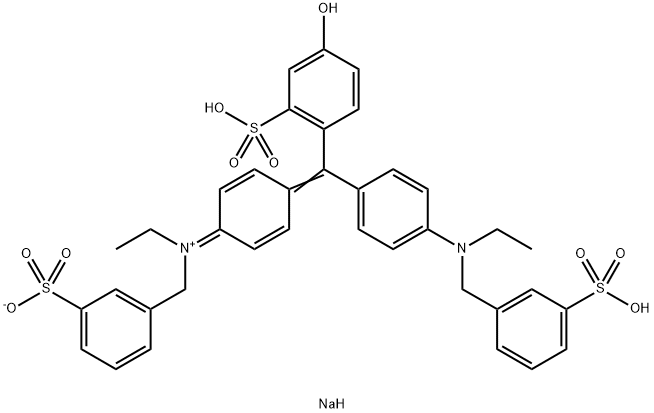
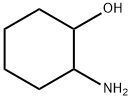
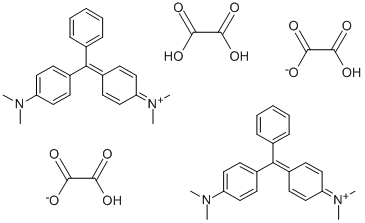
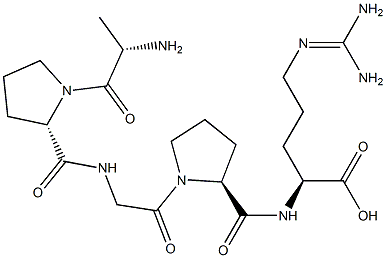

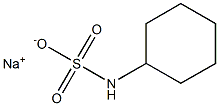

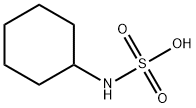
You may like
-
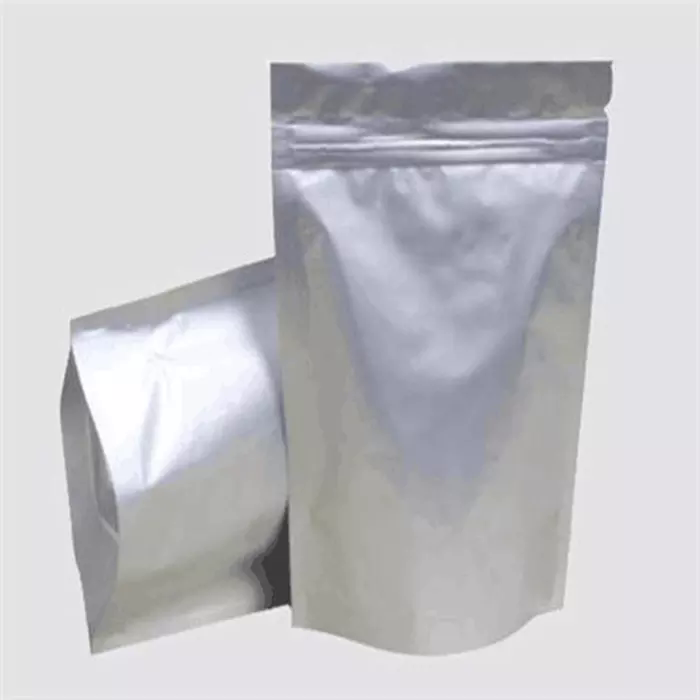 633-03-4 98%View Details
633-03-4 98%View Details
633-03-4 -
 Brilliant Green CAS 633-03-4View Details
Brilliant Green CAS 633-03-4View Details
633-03-4 -
 Brilliant Green CAS 633-03-4View Details
Brilliant Green CAS 633-03-4View Details
633-03-4 -
 Brilliant Green CAS 633-03-4View Details
Brilliant Green CAS 633-03-4View Details
633-03-4 -
 BRILLIANT GREEN INDICATOR 95%, 1 kg, PowderView Details
BRILLIANT GREEN INDICATOR 95%, 1 kg, PowderView Details
633-03-4 -
 BASIC GREEN 1, Powder, 25kgView Details
BASIC GREEN 1, Powder, 25kgView Details
633-03-4 -
 Brilliant Green Dyes LiquidView Details
Brilliant Green Dyes LiquidView Details
633-03-4 -
 Basic Green 1, PowderView Details
Basic Green 1, PowderView Details
633-03-4
